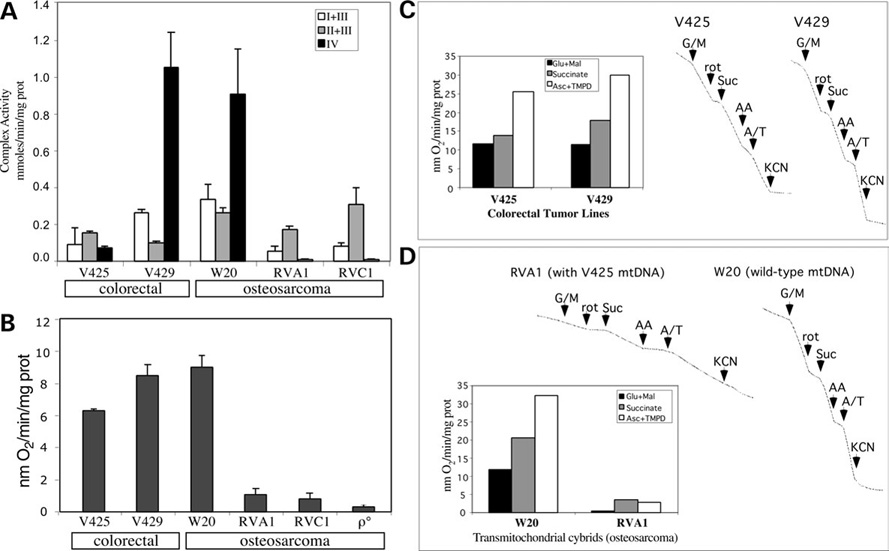Figure 2. V425 colorectal tumor cell line suppressess a defective respiratory phenotype associated with nonsense mtDNA mutations.

(A) The activities of enzyme complexes I + III, II + III and IV in colorectal and osteosarcoma cell lines. The change in all enzyme complex activities was found to be significant (P < 0.05). (B) The O2 consumption measurements in colorectal and osteosarcoma cell lines. (C) After permeabilization with digitonin and addition of ADP, the oxidation of glutamate plus malate (site I substrates), succinate (site II substrate) and ascorbate plus NNN′N′-tetramethyl-p-phenylenediamine (TMPD) (site IV substrates) were determined. Specific inhibitors for complex I (rotenone), complex III (antimycin A) and complex IV (KCN) were added at the indicated times. (C) shows that the ascorbate/TMPD-driven respiration in V425 was more efficient than expected considering the potential severity of a homoplasmic stop codon mutation in COXI. (D) When the V425 mtDNA was transferred to an osteosarcoma nuclear background (RVA1 cybrid), the rate of respiration markedly declined. The osteosarcoma control (W20) is shown for comparison. Error bars are SD of the mean for n ≥ 3 determinations. Comparisons with the control cell line were performed by the Student’s t-test. Experiments shown in (C) and (D) were performed a single time.
